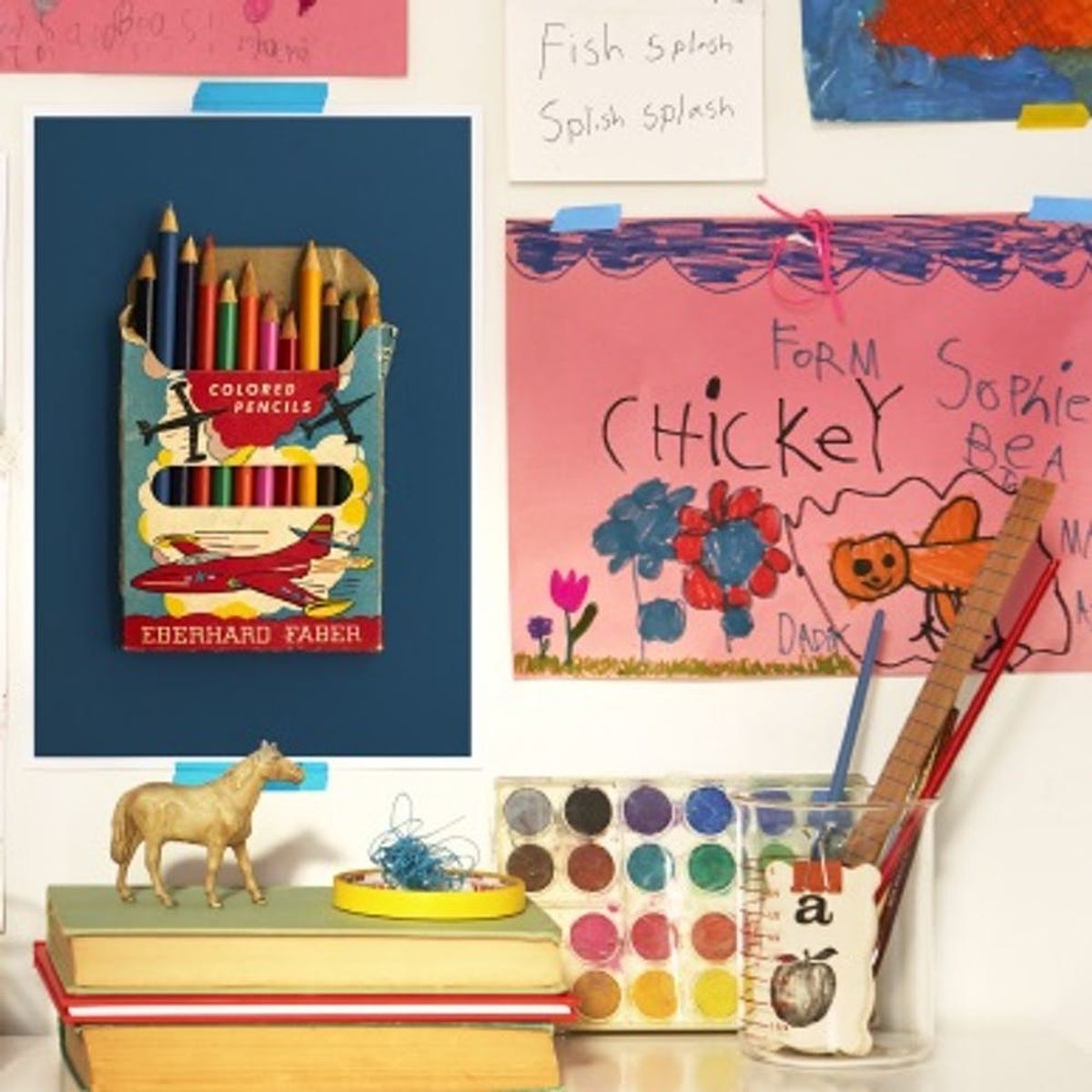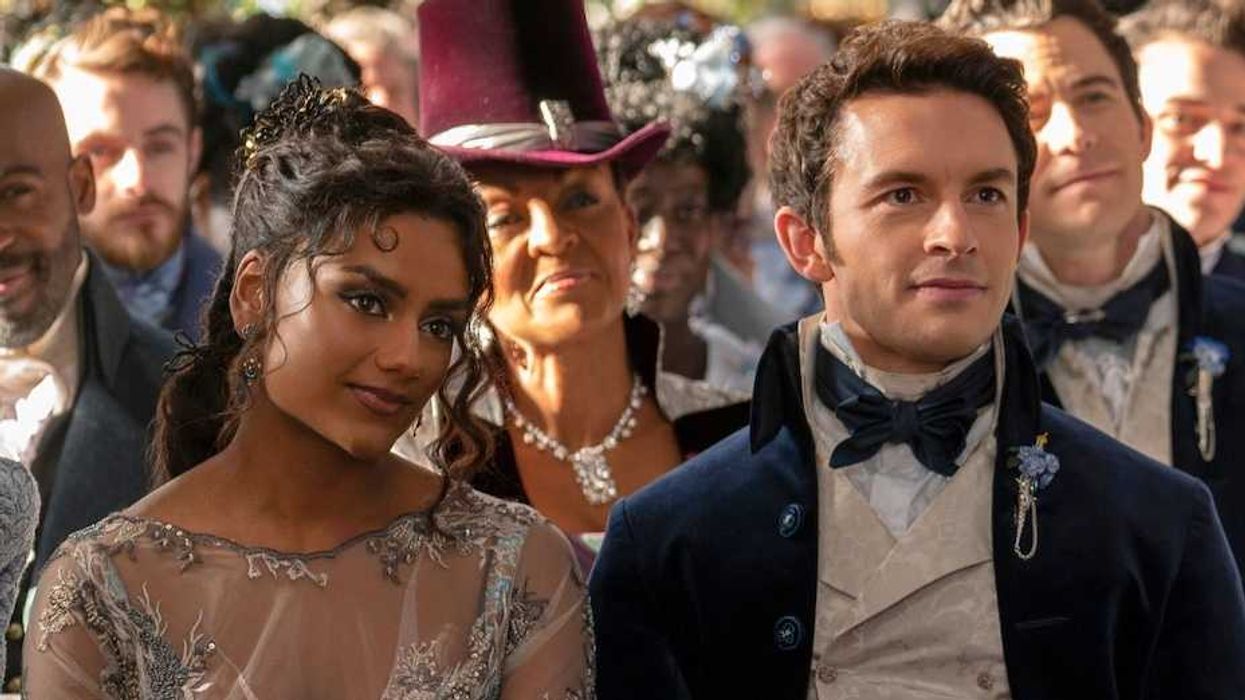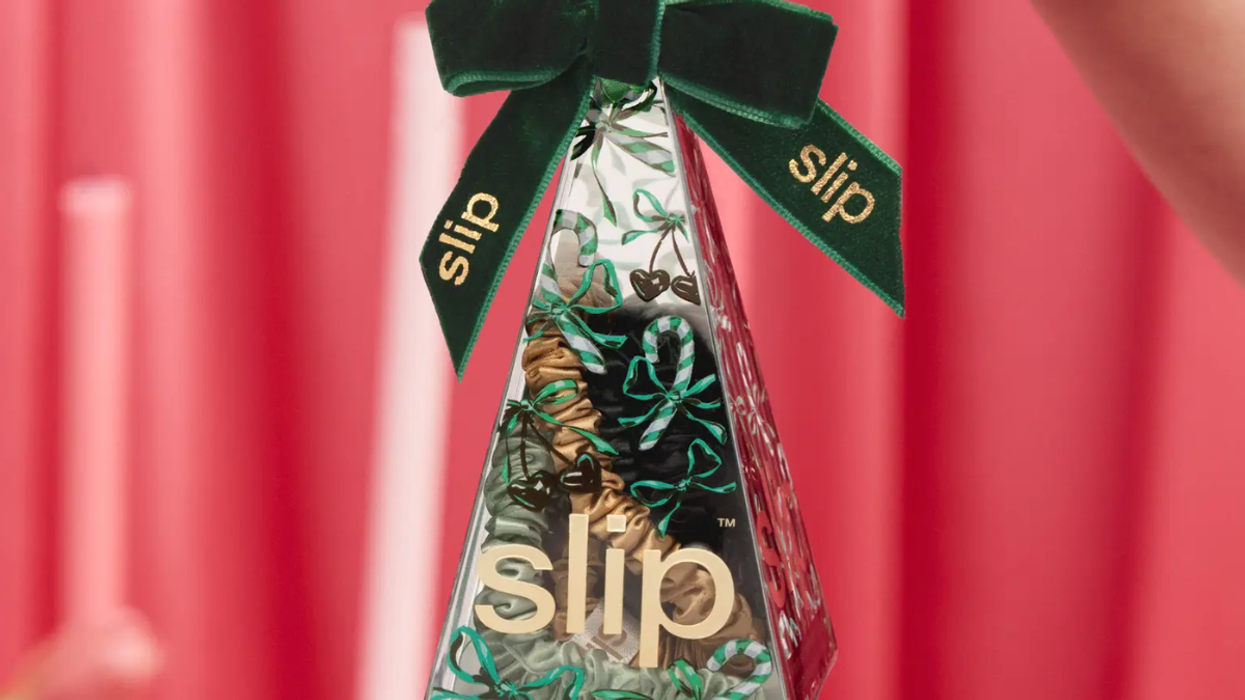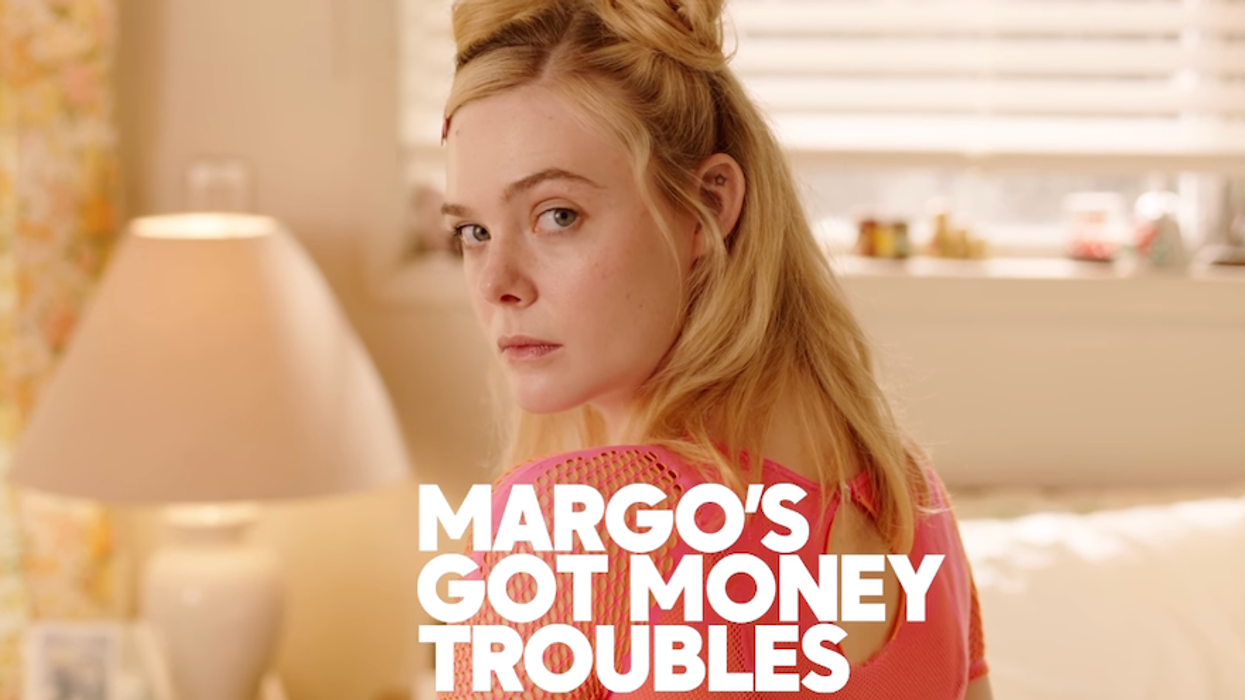It’s time to give those prints the spotlight they deserve.
The Ultimate Guide to Hanging Wall Art like a Stylist

There is definitely an art to creating beautiful wall displays. The perfect ones look effortless, while the ones that don’t work… really don’t work. We turned to Shana Faust and Alexa Mulvihill, the founders of Permanent Press Editions, an online print shop dedicated to creating original, archival-quality photographs. Shana and Alexa met at Martha Stewart Weddings, where Shana was the deputy style editor and Alexa was the magazine’s design director. Today, they’re spilling their expert secrets on styling great wall compositions.
Alexa and Shana tell us there are myriad ways to pair images. According to them, “You can make great couplings based on theme (travel, architecture, portraiture), color (black + white, brights) or medium (illustration, photography).” Alexa adds, “You can also create elegant, subtle or quirky pairings of your own invention.”
Perfecting the Image Groupings
If you’ve got your eye on creating a gallery wall, they shared, “You can arrange these in a classic grid of same-size pieces, or make a more organic composition with a mix of sizes. Like pairing images, you can group these by theme, color palette or medium. You can also compose a collection of seemingly random images you love.” For those who like salon-style hanging but feel overwhelmed at the thought of filling an entire wall, they recommend creating a dynamic composition with a smaller cluster of art.
Mix it Up
Alexa and Shanna say that one of the best ways to create your gallery wall is to mix it up. “You can create an elegant or kinetic gallery with a mix of different mediums, like photography, painting, illustration, vintage engravings and more. The contrast between tone, texture and scale will animate the composition. This can be formal — with framed images — or casual, with kid’s drawings, family snapshots and other work simply taped to the wall.”
Go Big
Sometimes the best way to make a statement is to go big. Alexa and Shana say, “A big print can serve as the focal point for a room. It can also anchor a part of a room to create a space within a space — a cozy corner for a breakfast table or an office niche. While a large print might seem like a big investment, it can be more economical to buy and frame one stand-out piece than to fill your wall with multiple small art works.”
Don’t Forget Context
Alexa and Shanna believe that art works best when there’s a relationship between the objects on the wall and the other objects in the space. They explain, “You can think about art based on the specific room it will inhabit. You might want to hang food images in the kitchen, add a playful graphic to a kid’s room or create a gallery of family photographs in a common space like a hallway. You can also use colorful prints to punctuate a neutral room or compose your framed images in response to an architectural element like a mantle or alcove.”
Of course, for all the rules they’ve laid out here, Shana and Alexa shared with us, “Ultimately, the most important thing to remember is that decorating your walls should be fun. Surround yourself with things you love.” We can definitely get behind that motto!
Do you have any tips or rules for hanging wall art? Let us know in the comments, and don’t forget to check out Permanent Press Editions for wall art ideas!

















